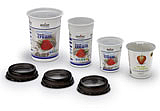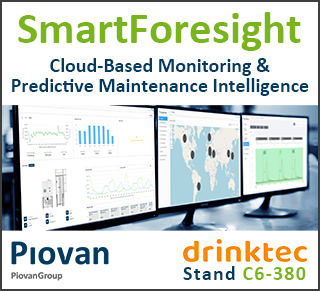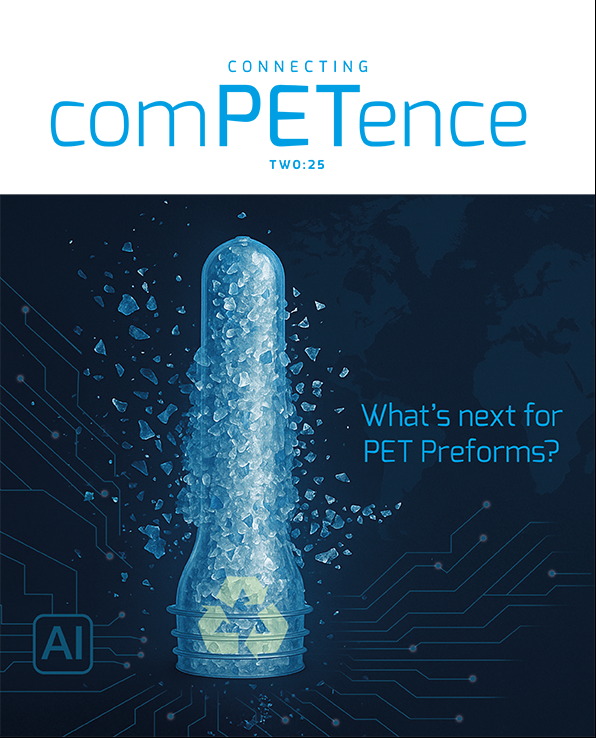|
|
The responsible handling of raw materials and resources characterises the sustainable actions taken by Greiner Packaging. Examples include saving energy through production equipment or reducing the weight of new packaging solutions. A particularly environmentally-friendly packaging technology is K3, the plastics-cardboard combination. It saves plastic material and can be separated well in terms of recycling. By using cardboard and recycled cardboard, we speak of renewable raw materials.
R-PET is gaining ground
R-PET is taking an ever increasing role with respect to CO2 emissions and the conservation of non-renewable resources. Greiner Packaging can process R-PET at any existing PS plant at various production locations. Obermayr claims: “Major benefits when using R-PET are the reduction of the sealing temperature and very good peeling properties. Thus, valuable energy can be saved during the production process and CO2 emissions are reduced.” Greiner Packaging has already provided an array of packaging solutions made from R-PET for customers in Great Britain.
Business groups are setting the agenda
Great Britain and the USA in particular give fresh impetus to an increased use of R-PET. Major trading groups are making huge efforts towards climate protection. In doing so, they offer the means for orientation, such as scorecards or carbon footprint labels to manufacturers, suppliers and consumers. These contain information on the CO2 emissions generated during the production of the product concerned. “The less CO2 emitted during the production of the package, the more interesting the final product is,” explains Obermayr and he adds: “Moreover on the market in Great Britain, rubbish collection fees are reduced in proportion to the percentage of recycled R-PET contained.“
The PET bottles become R-PET
R-PET originates from PET bottles, which become part of the so-called “homogeneous material circuit”. They are pressed in bales and then cut up and cleaned in specialised recycling companies. During this procedure flakes are created, which are normally processed further into granulate. The further processing of R-PET includes the reconstruction of the molecular chain.







